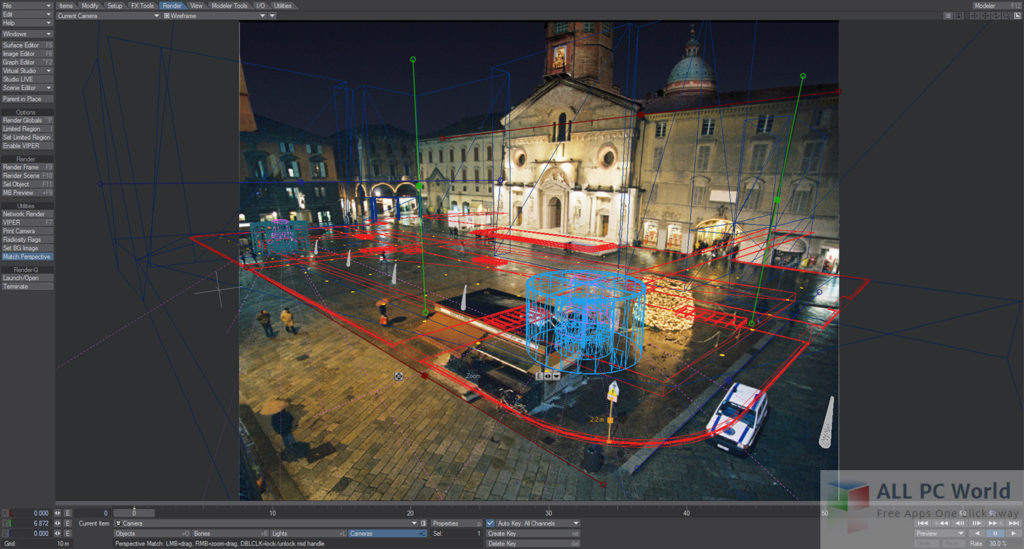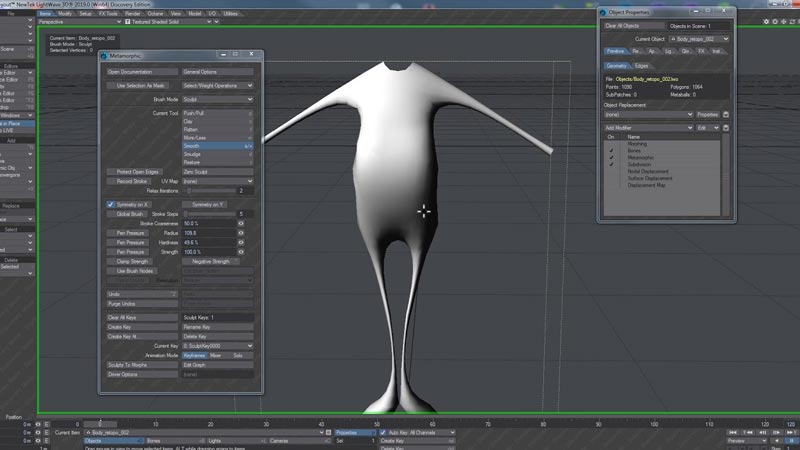

Albedo (Diffuse) Map – this map works the same way as the Specular Workflow.The Metalness workflow utilizes the following maps: Height (Displacement) Map – this map is saved as a grayscale which creates a larger group of convexities and creases which affect the objects mesh.Similar to a bump map yet more advanced, the normal map is saved in RGB format, containing its information in XYZ axes. Normal Map – this map determines the number of dents and bumps an object has.

Glossiness Map – this map controls the reflectivity of an object, whether the reflection of light will be blurred or sharp.In its practical application the brighter the shade, the more light will be reflected. Specular Map – defines an object’s shininess by using a greyscale map.Albedo (Diffuse) Map – base color input, which is the most important map, giving information about the color of the object.To create material in specular workflow you will need the following maps: Supported by many 3d applications and game engines worldwide each has its unique appeal to the individual user. PBR texturing’s most popular workflows are specular, and metalness workflows. PBR textures produce a higher quality of realness with greater variations of lighting, producing flexibility and predictability in the final product.

What are PBR Textures? PBR, or Physically Based Rendering, is a model of shading used in computer graphics that more closely mimics the flow of light in the real world.


 0 kommentar(er)
0 kommentar(er)
